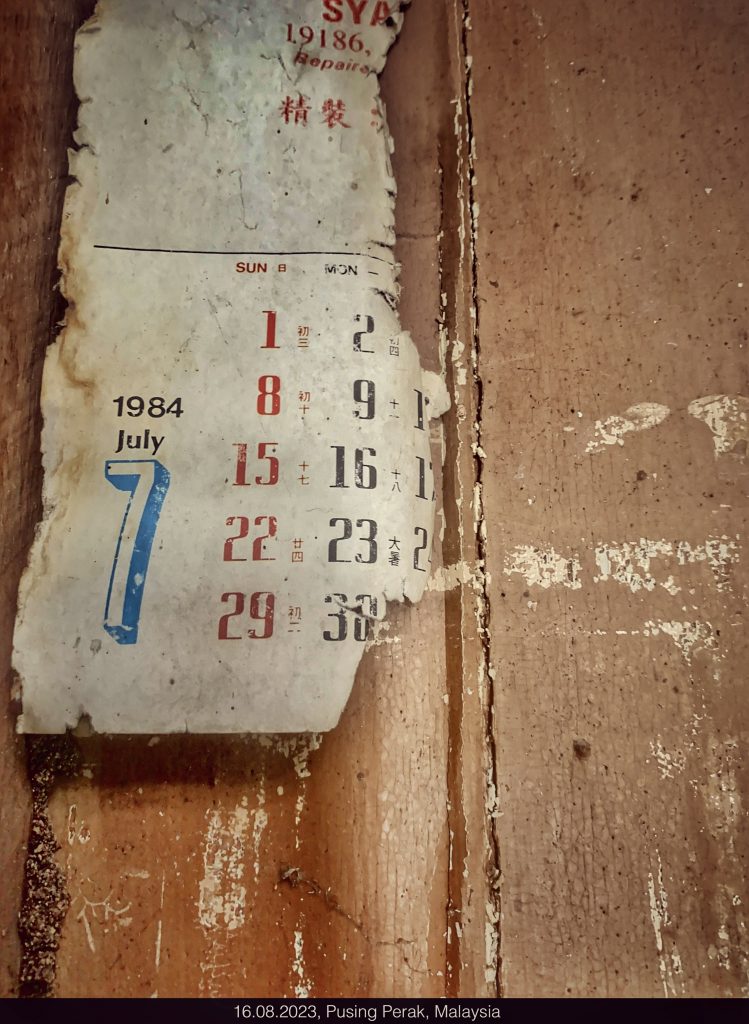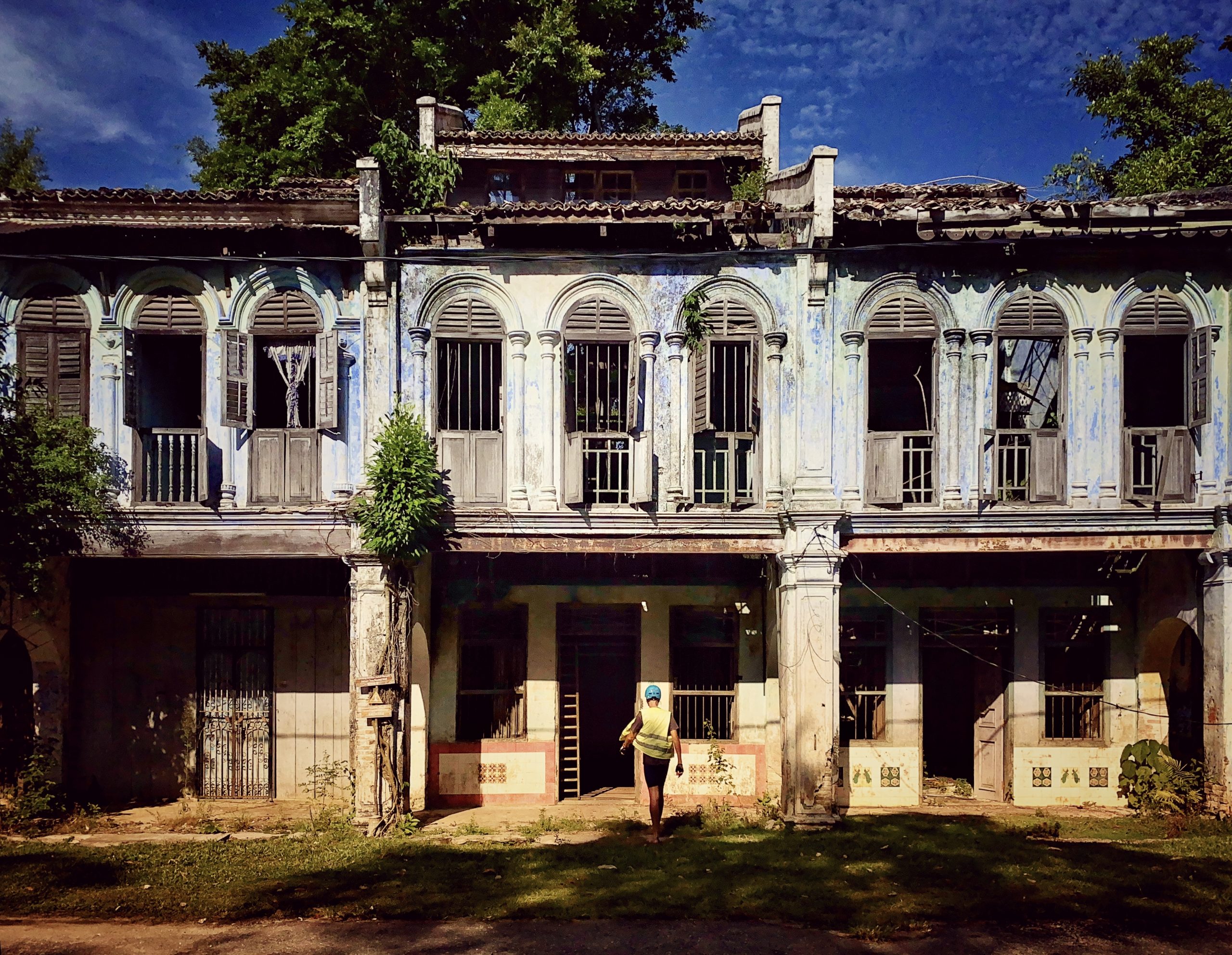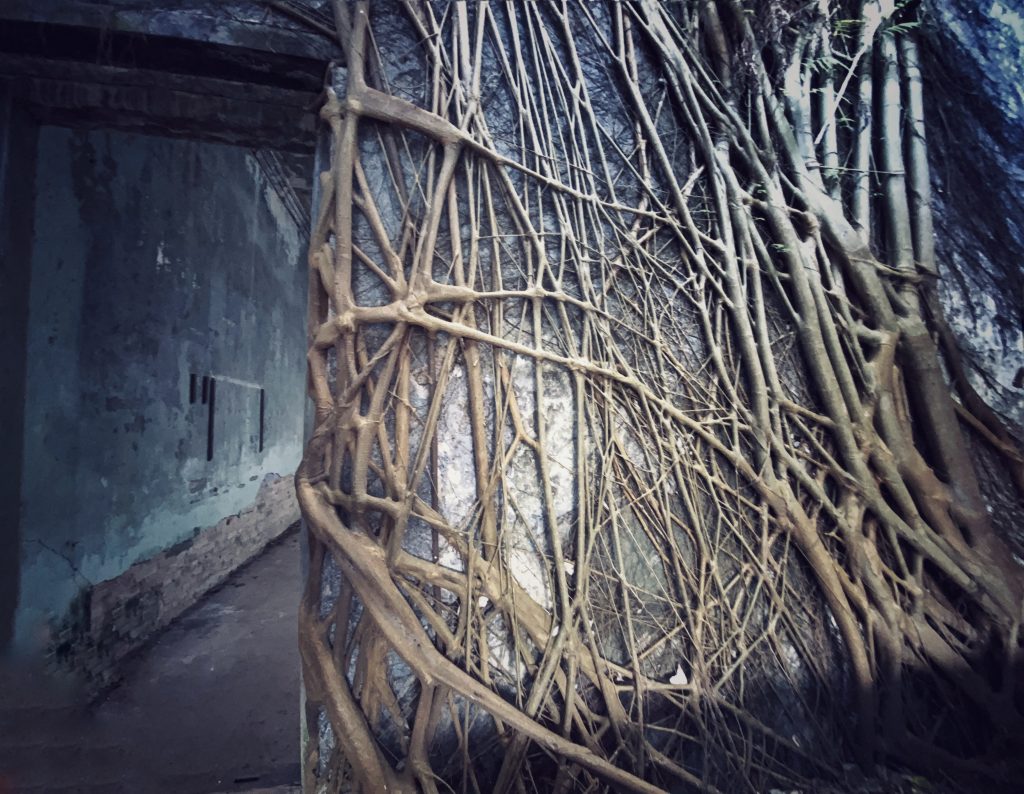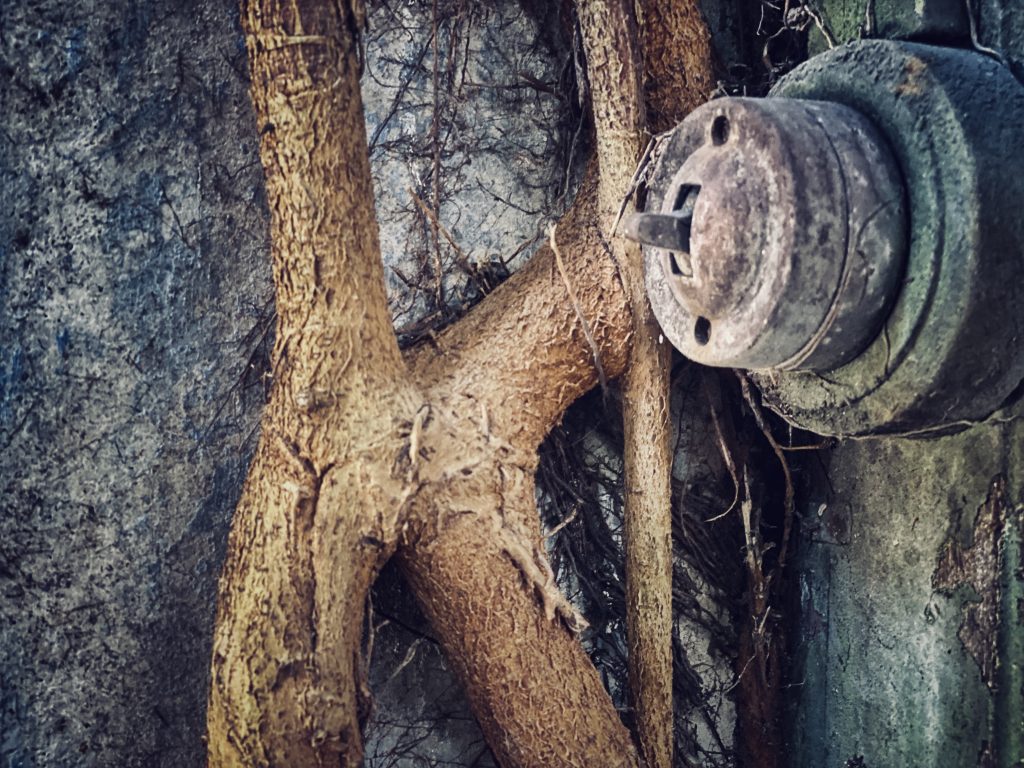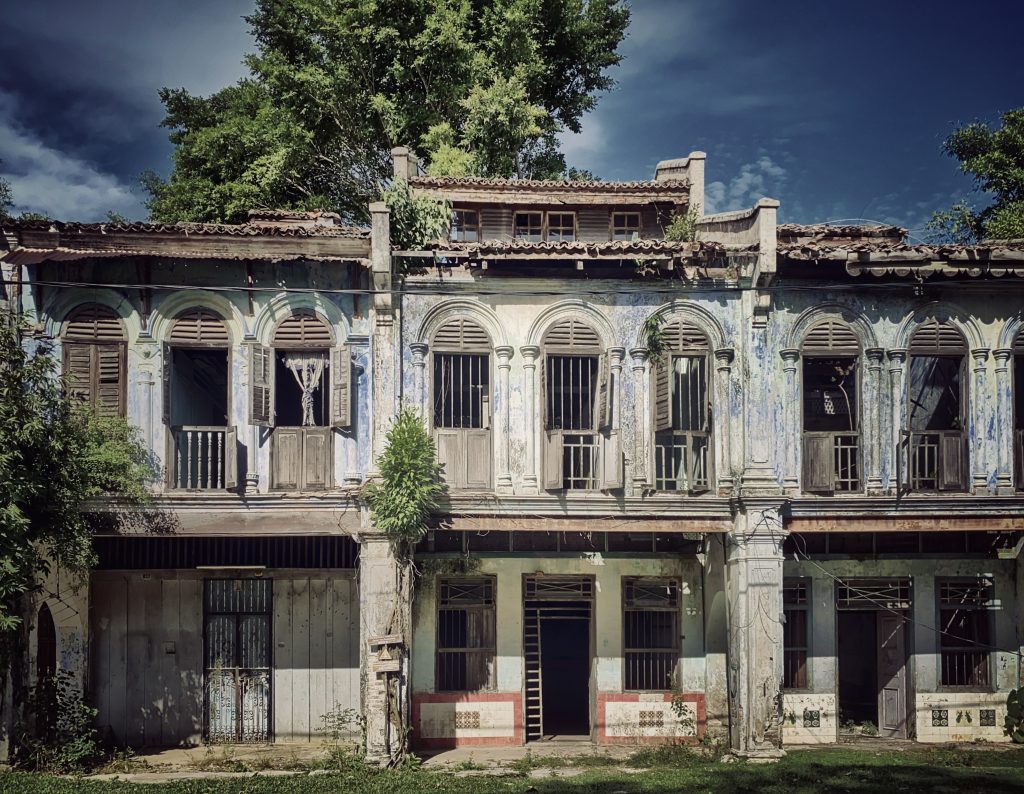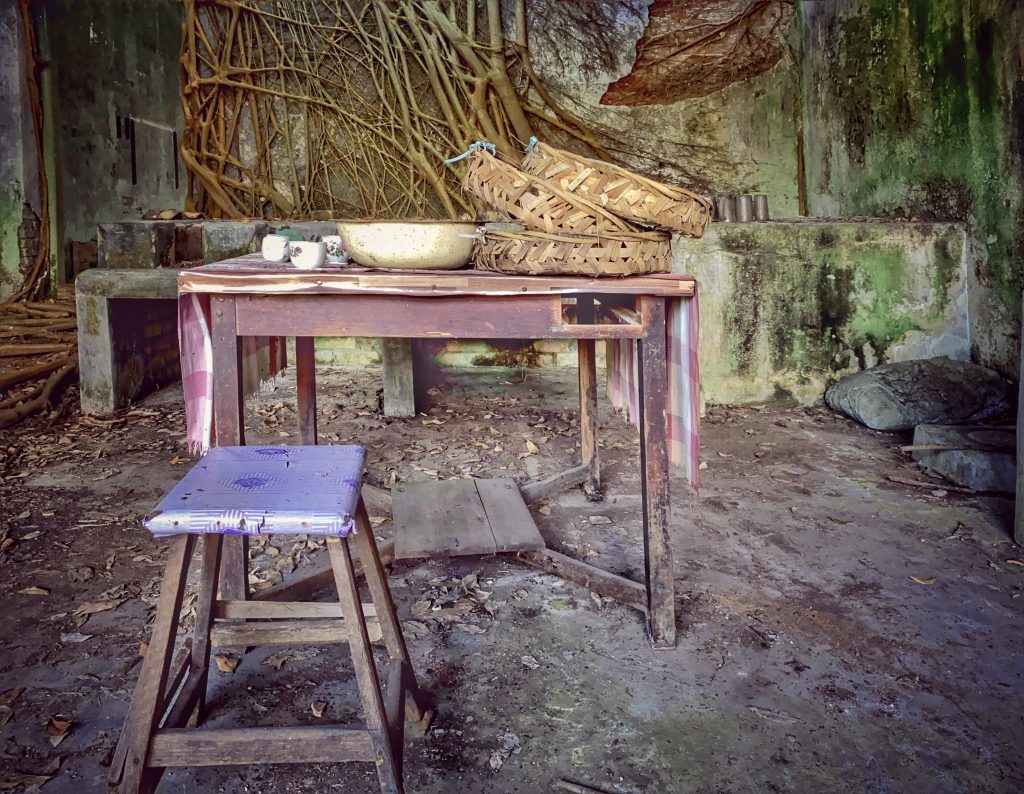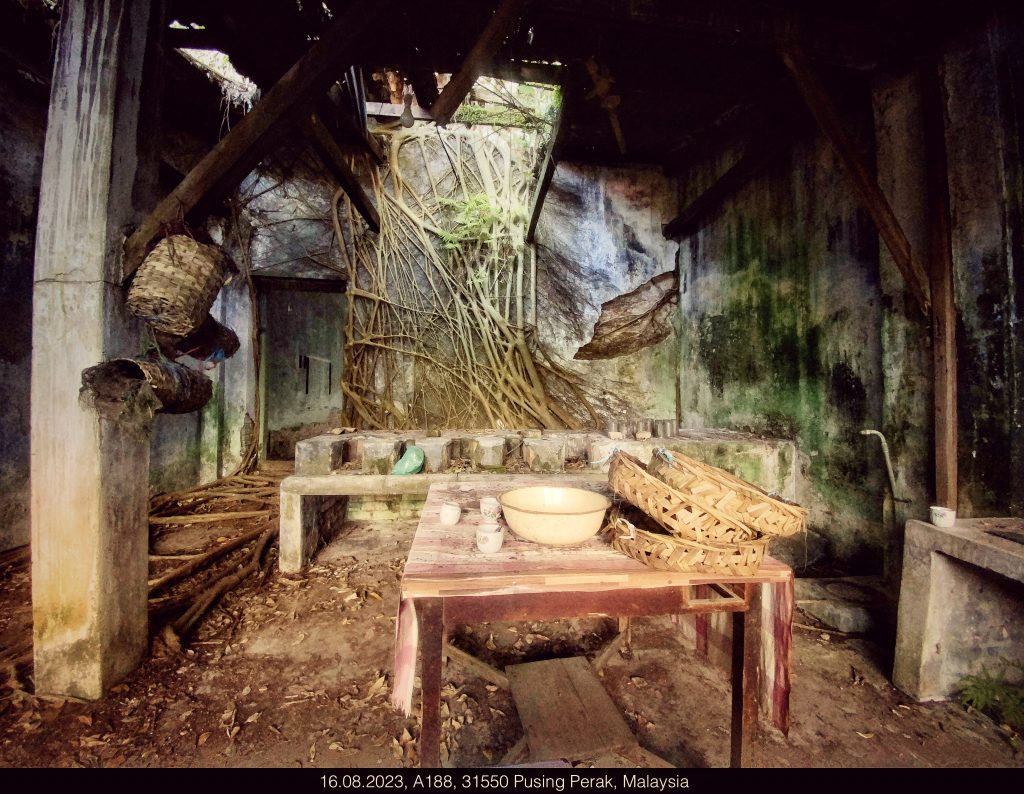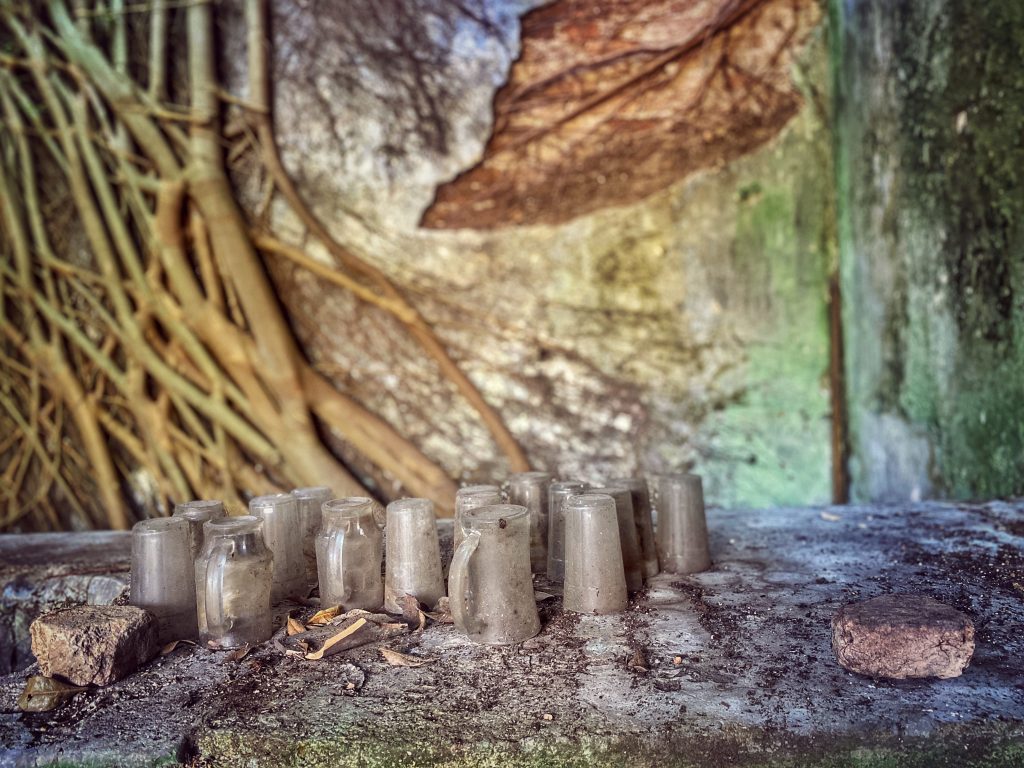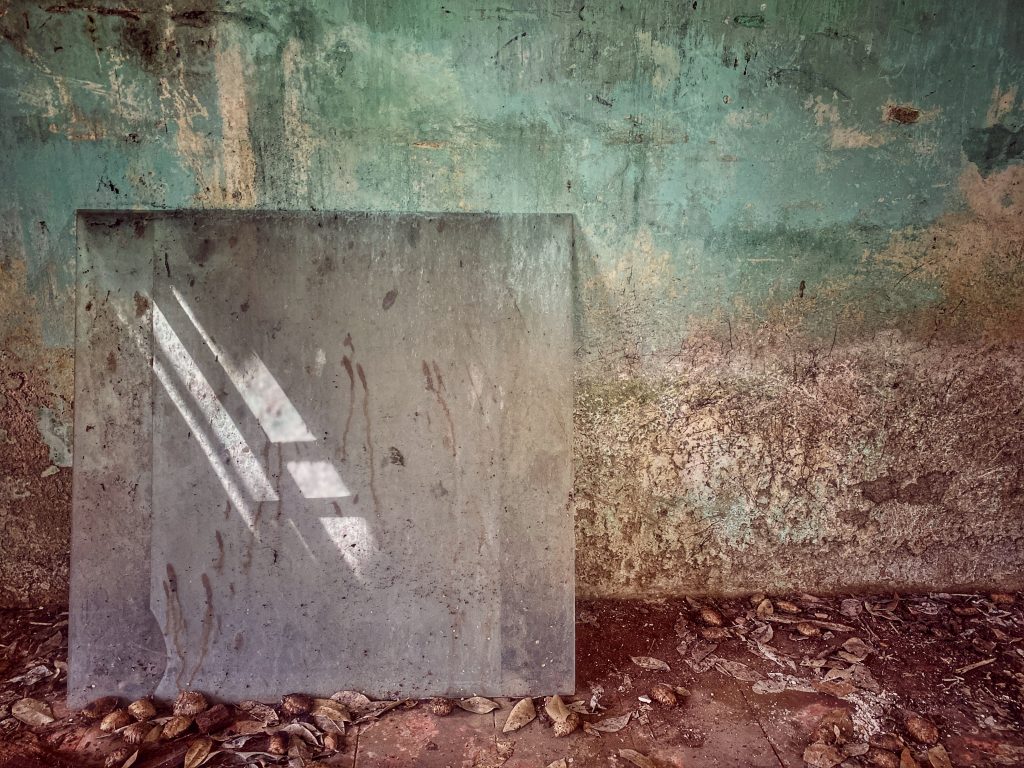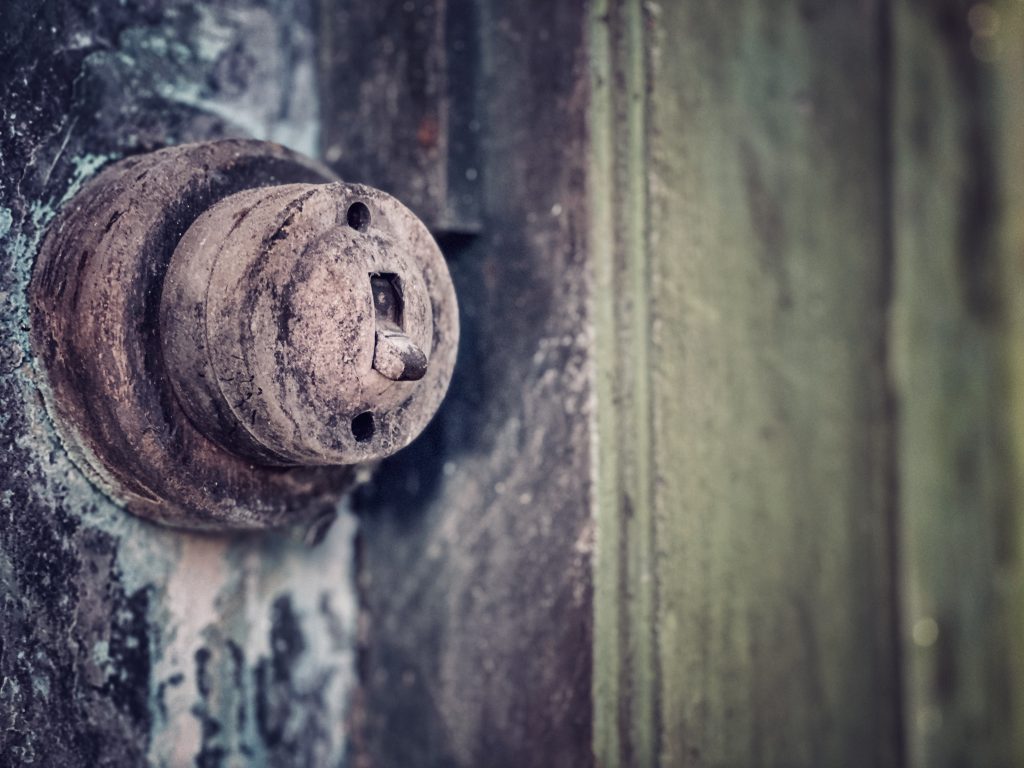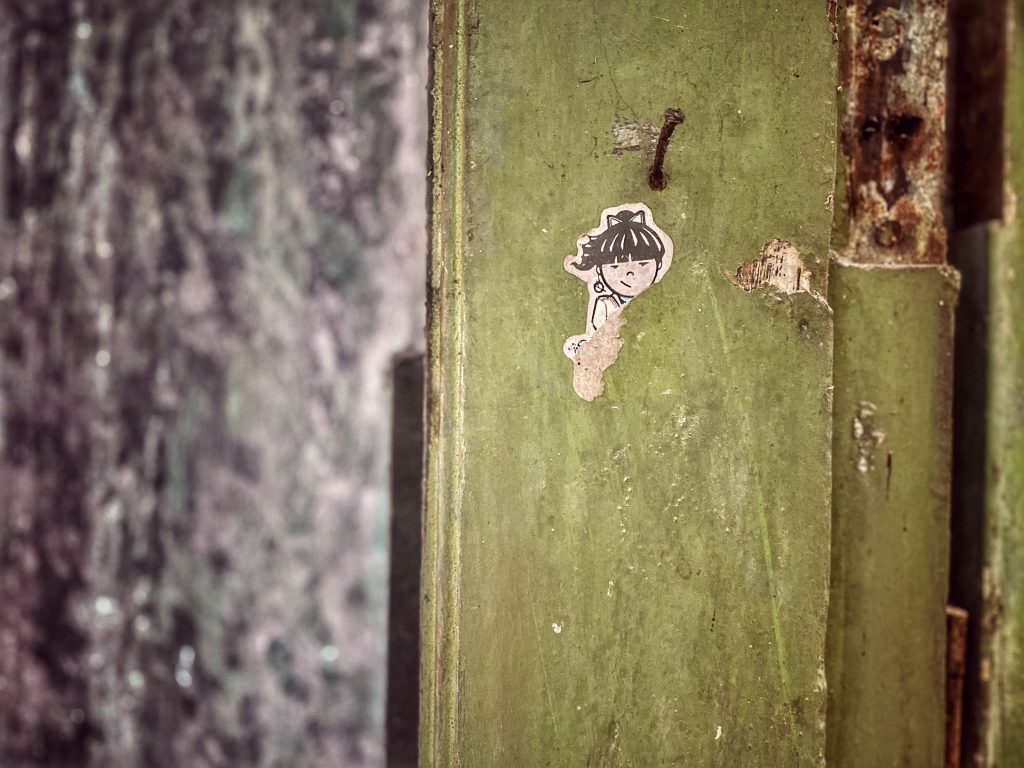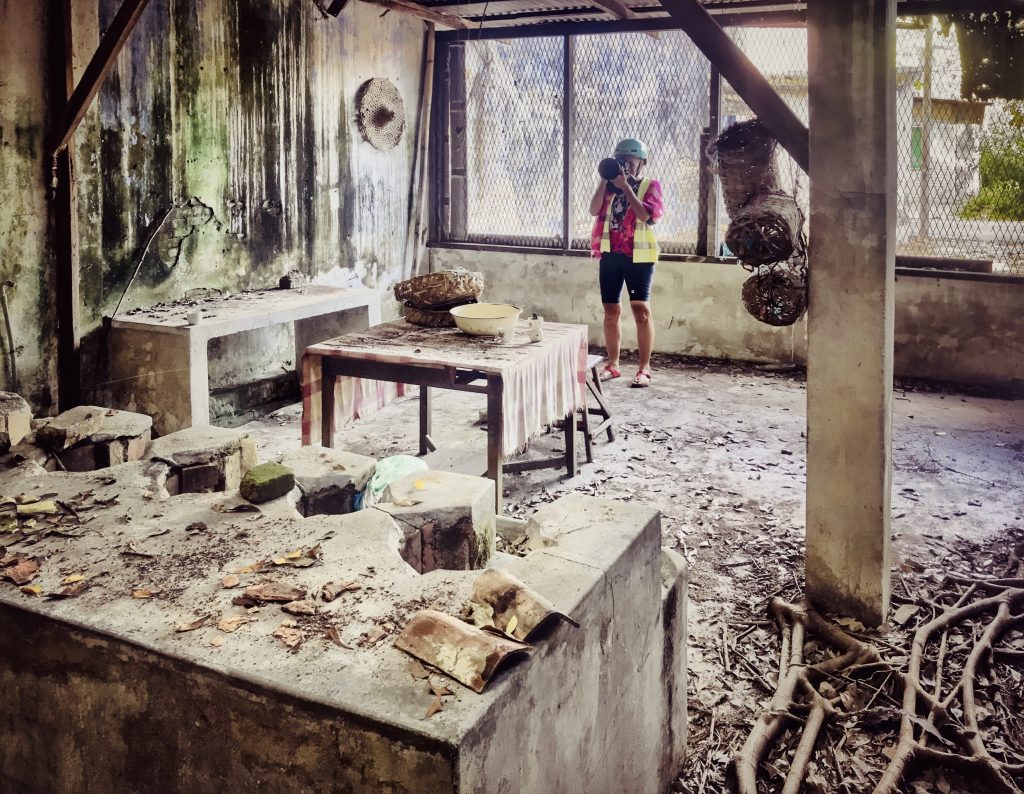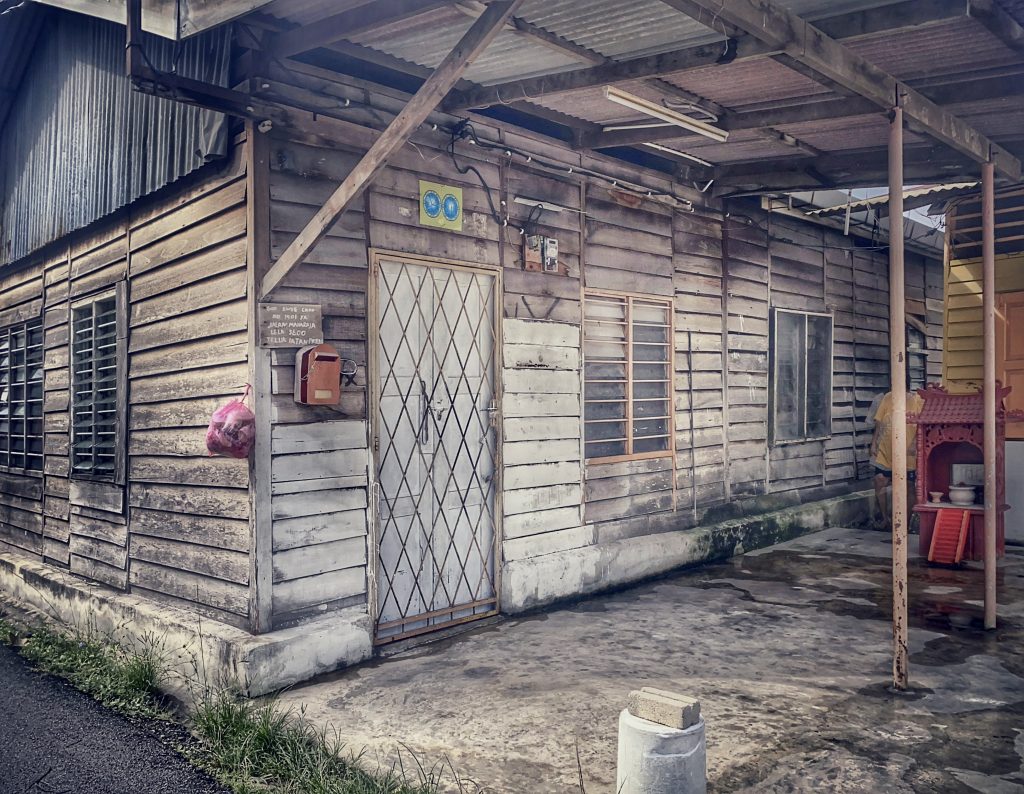Two cities lost in time. Reads like two fantastic new dishes. But they are simply 2 towns on our way that don’t really have much to offer in terms of tourism. But for me they are exciting, unfortunately we can’t stay longer again. It’s enough for a short break and some research.
Papan
First of all, Papan. The place seems a little eerie to me. Very few and rather old people are to be seen in the alleys and at the houses. They seem a little surprised about the visit. Malays tend to stray here from time to time, but we are too strange. A lost place, a ghost town. There are quite a few of them in the world. For example, a villa district in China, which was never completed, now serves as farmland for farmers and their cattle . In Brandenburg, people had to be resettled from entire villages for brown coal mining, but then nothing happened there. Chemicals and other hazardous waste now lie around there (Alt-Haidemühl). And other Lost Places buildings we almost all know from our travels: Hotel complexes that disfigure the landscape unfinished.
And now Papan? A place steeped in history, a plaything for all those who wanted to and have made a lot of money. And it is not really a ghost town either, for a few still live here.
A mining town
Behind the tranquillity of this place today lies a vibrant past when Papan flourished as a tin mining town. More than 2,000 people once lived here. Tin mining was an important part of colonial history and was one of the earliest forms of mining on the Malay Peninsula as early as the 1820s. At the turn of the 20th century, the Malay colonies became rich from tin.
Although the mines are mostly shut down today, former mining towns still stand pretty, they have become tourist attractions. However, this is not the case for the town of Papan, off the beaten track. It would be understandable if this, and the deafening silence while walking, did not impress at all. But beneath all the trees and weathered concrete lies the history of two centuries, rotten in the truest sense of the word. In 1875, the British captured Papan and gave the town to a chief as thanks for his service in the Perak War. Papan’s tin mines were developed in time for the tin rush of the 1880s, which made Papan immensely rich with the help of local Chinese industrialists.
Then insurgents brought Papan’s industry to a virtual standstill.
Japan invaded Malaysia, an anti-Japanese Malay Communist Party and Army was formed, the British surrendered in 1942 and the party and army went underground. Papan became a hotspot for their activities. Tin mining in Papan fell into disuse at this point, operations were severely curtailed or stopped altogether, and the brutality of the Japanese occupation probably didn’t help either. After the end of the Second World War, mining resumed in Papan, but the ongoing insurgency made things pretty miserable. Some more back and forth, a flicker of hope for prosperity and then, unluckily for the town, tin prices plummeted.
Soon the few miners remaining in the town migrated, leaving the town to its fate. And as if that were not enough fate, radioactive waste was also stored there. In 1984, a landfill for radioactive waste was built near Papan. Already, Papan residents were suing in court, even scientists were brought in to check whether the landfill was safe over the course of 8 years.
Papan finally won in 1992, but at too high price. Among the terrible consequences were the side effects of radiation. There were several cases of children born with deformities and disabilities, as well as cases of leukaemia that occurred in the region. Today’s Papan is not as desolate as one would expect: a few houses in the town are still inhabited, albeit by an ageing community. But for anyone passing by the decaying buildings, the thought that such an important town in the past has been abandoned to decay is somehow disconcerting.
Getting deeper in history of Papan
Papan shares much of its history with its neighbour to the north, Ipoh, which is well known to tourists. Both emerged from the tin rush of the late 1800s; both suffered from the Japanese onslaught and uprisings of the mid-20th century; and both suffered from the decline of the tin industry in the 1980s. But Ipoh persisted and became a tourist icon, while Papan was largely forgotten.

Leaning Tower of Teluk Intan
The famous leaning tower of Teluk Intan in Chinese pagoda architecture. This tower was originally built in 1885 and has been leaning since the great flood of 1895. The tower has many purposes, it served as a British water supply system in times of drought, as a water supply in case of fire, as a clock tower and to commemorate the British administration. I won’t bore you further with the sights, which are hard to find anyway, let alone reach on foot. But if you like disharmony in architecture, this is the place for you. And since I often find disharmony to be the sting that makes something interesting, we also stay here for 2 days. But then it was enough.
The sting is perhaps a little too deep. Architecture in the world obeys the laws of symmetry and asymmetry, harmony and disharmony, and of course the principles of the golden section. Unfortunately, some architects are probably too self-absorbed to design buildings that have a harmonious style and fit harmoniously into their surroundings. A lot of things have gone wrong here. Maybe that’s what the leaning tower stands for. And although the city itself has over 8000 inhabitants, it doesn’t seem any livelier to me than the “ghost town” of Papan.
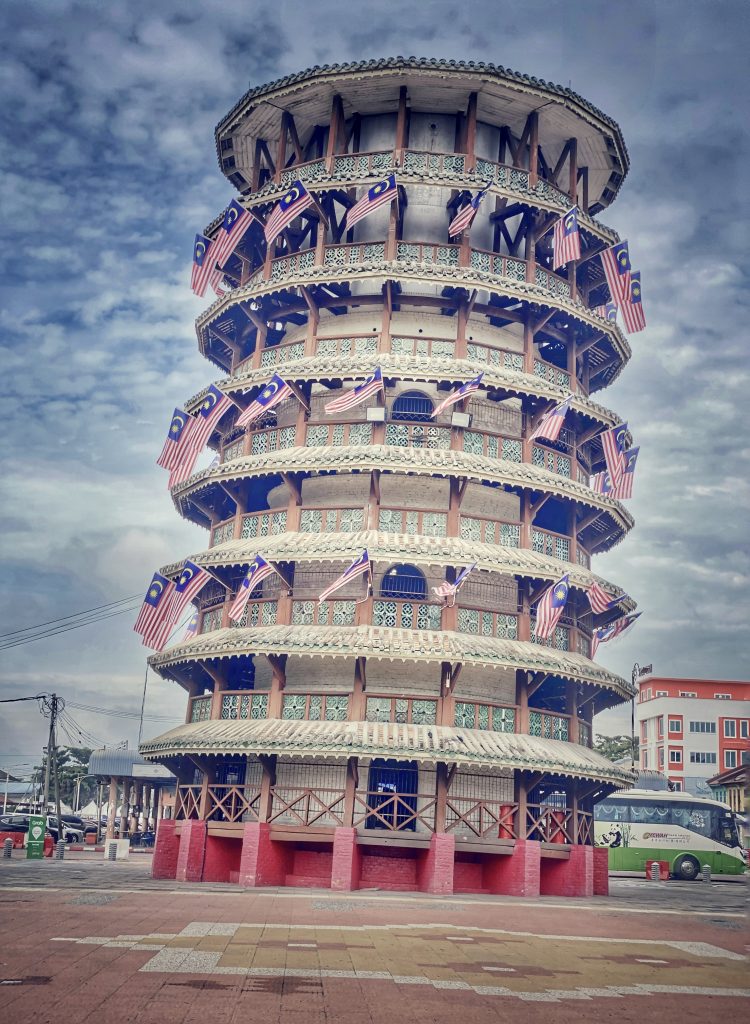
Teluk Intan
The highlite of the city, the must see, the why you come here in the first place: the Leaning Tower, which compares itself to the Leaning Tower of Pisa. Sorry, but that’s a bit far-fetched. Leaning it is, but not really nearly as imposing. A little wood, a few ornaments, flags upon flags….
The one-sided view, monochromatic visions, and you miss life, or which place is worth visiting?
And of course the question arises again why we go to these places at all. Well, just being there fills me with peace. Even if I don’t take any photos or only bad photos, I enjoy my time that I get to spend in new places. I have interesting experiences, meet interesting people, photos are just a bonus. Being here. With all my senses. It’s like meditation and it does me good. All that is real, the only real thing, is here in the present. So that’s what I should value. I take photographs for my own pleasure and memory, I write for my own pleasure and memory. And sometimes, I become extremely sensitive. Very awake. Images and sounds and smells become more and more intense. I begin to understand the place. It’s something natural and at the same time a magical moment.

